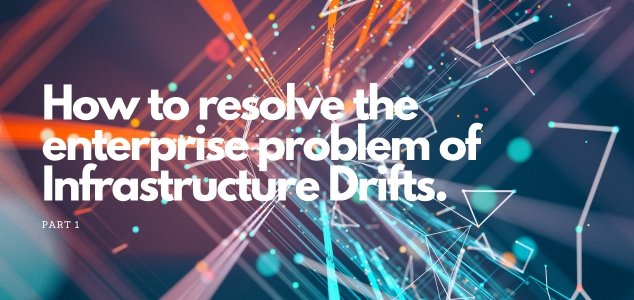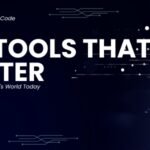Managing infrastructure can often feel like navigating a moving target. In the fast-paced world of DevOps and cloud computing, IT operations teams are under constant pressure to ensure that resources are provisioned, updated, and maintained in a consistent and efficient manner. However, despite the best efforts of automation tools like Terraform, Ansible, and other infrastructure-as-code platforms, managing infrastructure at scale remains a complex and error-prone task.
As we explore these challenges together, I’d love to hear from you. What challenges have you encountered with infrastructure drift in your organization? What strategies have worked (or failed) for you?
One of the most significant challenges faced by these teams is the issue of configuration drift. As the infrastructure evolves over time, whether through manual interventions, updates, planned or unplanned changes, it can quickly deviate from the desired configuration state, creating confusion, errors, and security vulnerabilities.
Before we deep dive into some of the best practices and solutions on managing these drifts more effectively we need to understand and accept the fact that while tools like Terraform, Ansible, and other infrastructure-as-code platforms have revolutionised the way we approach infrastructure management, they are merely still tools. At the end of the day, these tools are only as effective as the strategic thinking and planning that go into their use.
Just as a hammer is only as good as the carpenter who wields it, IaC tools are only effective when they are part of a larger, well-thought-out strategy.
Managing configuration drift is a challenging and complex task for several key reasons. The essence of infrastructure provisioning goes far beyond simply provisioning networks, storage, or compute resources. The changes grow over time. This ongoing evolution adds layers of complexity that must be carefully monitored and controlled to maintain consistency and stability.
With the key focus on the security and reliability of the infrastructure we need to tread carefully when adapting infrastructure automation. Today I am going to talk about some of the key challenges I have faced, strategies and principles which I have used while assisting my customers in their Infrastructure migration and modernisation journeys.

Lets understand some of the key reasons for terraform drifts:
- State File Management: Drift occurs when the state file is out of sync with the actual infrastructure due to manual changes or other tools. Manual reconciliation is required.
- Manual Changes: Changes outside of Terraform create discrepancies as they aren’t tracked by the state file unless updated manually.
- Resource Dependencies: Drift in one resource can cause cascading issues in interconnected resources, requiring careful dependency management.
- Versioning and Updates: Frequent updates to providers or APIs can cause drift, necessitating constant monitoring and updates.
- State File Conflicts in Teams: Multiple users updating the same resources without the latest state can lead to conflicts.
- Drift Detection: Terraform doesn’t automatically detect drift unless manually refreshed or planned, adding to management complexity.
- Reconciliation Complexity: Manually reconciling drift requires decisions on whether to update Terraform or the infrastructure, often with additional tooling.
- Error Prone: Manual drift resolution can introduce errors, especially in complex environments, due to the lack of automatic reconciliation.
This isn’t just a technical issue — it’s a shared challenge that affects many of us in the industry. If you’ve faced similar issues with infrastructure drift, or if you’ve found creative solutions, drop a comment below. Together, we can build a more resilient approach to infrastructure management.
I’d love to hear your thoughts in the comments. Sharing your story can help shed light on how widespread these issues really are, and ignite a valuable conversation.
Your perspective could be key to deepening our understanding and, together, we can work toward finding solutions that truly make an impact.



